Artificial intelligence (AI) has undergone a revolutionary change with the introduction of foundation models and generative AI. These technologies are changing whole sectors, spurring new ideas, and opening doors in a number of fields. Understanding these models’ foundations, applications, and future consequences is essential to appreciating their entire significance. Quantum Computing Advances: Shaping the Future of Technology
Understanding Generative AI
A class of artificial intelligence methods known as “generative AI” is capable of creating new text, images, audio, and video content by using patterns discovered in previously collected data. Generative models concentrate on producing new examples that resemble the input data but are not exact replicas, in contrast to standard AI systems that are made to identify patterns or categorize data.
Generative AI relies on modeling the underlying data distribution in order to produce new samples based on this learned distribution. Neural networks and sophisticated algorithms are frequently used in this process; these systems are trained on enormous datasets to comprehend the subtleties and complexities of the material they handle.
Generative Adversarial Networks (GANs) are among the most well-known instances of generative artificial intelligence. The generator and discriminator neural networks make up a GAN. The discriminator assesses the validity of the newly generated data samples, while the generator produces fresh ones. Both networks gain performance through this adversarial process, which produces data that is more realistic.
Variational Autoencoders (VAEs) are another noteworthy method that generates fresh samples by learning to encode input into a lower-dimensional space and then decoding it again. VAEs are especially helpful for creating data with certain characteristics or variants.
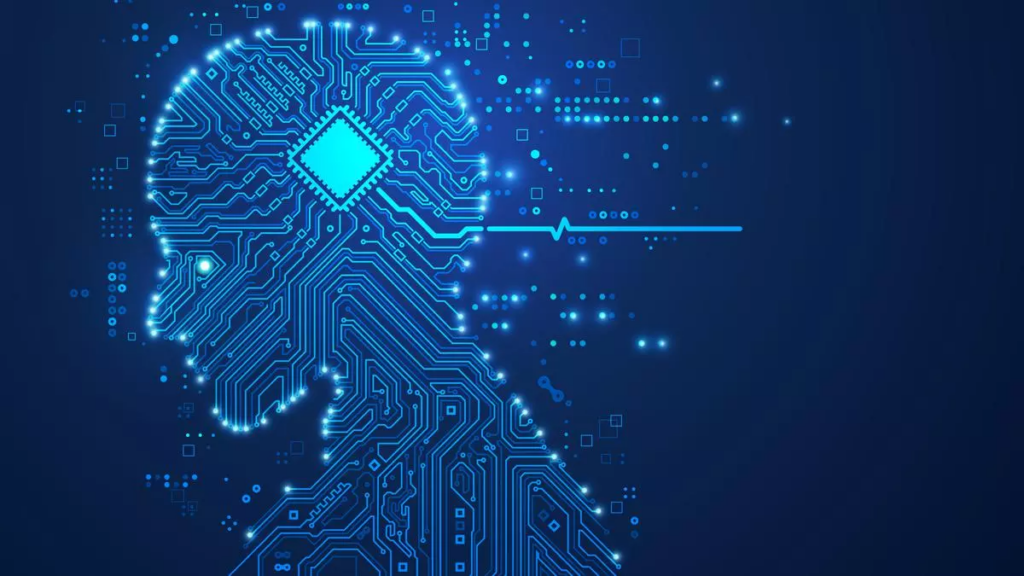
Foundation Models: The Backbone of Modern AI
A subset of generative AI known as foundation models is used as a general-purpose model for a variety of applications. They can be adjusted for certain uses and have already undergone extensive pre-training on vast volumes of data. Generally speaking, “foundation model” refers to large-scale models that offer a solid framework for creating more specialized AI systems.
The capacity of foundation models to carry out a variety of jobs with little extra training is one of their main features. These types are appropriate for a wide range of applications because of their adaptability and versatility. They have completely changed the field of artificial intelligence by making it possible to create complex systems that make use of prior knowledge.
The OpenAI GPT-3 (Generative Pre-trained Transformer 3) is one of the most well-known foundation models. A sizable body of online content used as the training corpus for the language model GPT-3. It can translate, create logical and contextually relevant text, annotate documents, and respond to queries. Its performance and adaptability have raised the bar for natural language processing (NLP).
Similar to this, foundation models in computer vision have been shown to be powerful by huge vision models like CLIP (Contrastive Language–Image Pre-training). CLIP can bridge the gap between written and visual data by comprehending and producing descriptions for images.
Applications and Implications
Foundation models and generative AI have broad applications in many different fields. Their uses include the arts, medicine, education, and other fields.
Creative Industries
Generative AI is revolutionizing the creative industries by changing the way that writing, music, and art are created. These technologies allow musicians and artists to experiment with new genres, create original songs, and even work with AI systems. AI-generated art, for example, has become well-known in art galleries and auctions, defying conventional ideas of originality.
Healthcare
In the medical field, generative AI is essential for medical imaging, personalized therapy, and drug development. By mimicking chemical interactions, AI models can produce possible medication candidates more quickly and cheaply than using conventional techniques. Furthermore, by increasing resolution and identifying abnormalities, generative models can improve medical imaging.
Education
Generative AI also has applications in education. These models may produce practice questions, tailor learning materials, and even provide students immediate feedback. Additionally, they make it possible to create learning platforms that are flexible to the demands and learning preferences of each user.
Ethical Considerations
Although foundation models and generative AI have enormous promise, there are significant ethical and societal questions they also bring up. The possible abuse of these technology is one of the main worries. For example, deepfakes—realistic but fake media that might trick or influence viewers—can be produced using generative artificial intelligence. For developers, legislators, and society at large, ensuring that these technologies are used properly and ethically is a crucial task.
The possibility of bias in foundation models is another problem. These models may unintentionally pick up on and reinforce biases found in the data because they are trained on large datasets. AI systems must be fair and address these biases in order to be deployed in an equal manner.
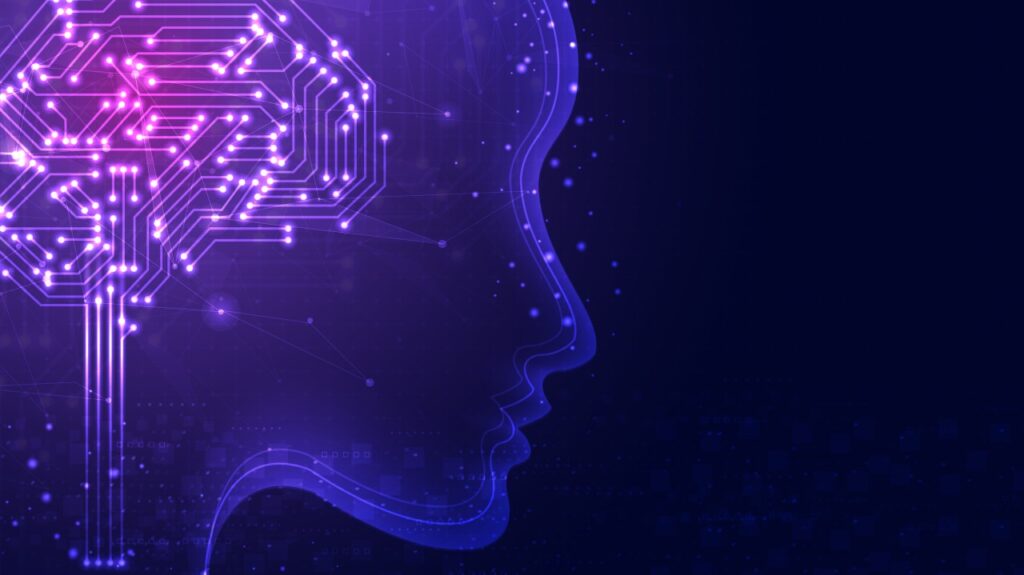
The Future of Generative AI and Foundation Models
Foundation models and generative AI have a bright future ahead of them. We can anticipate ever more advanced and powerful models as technology develops. Additional advancements in this discipline will be fueled by innovations in data processing, training methodologies, and neural network architectures.
The fusion of generative AI with other cutting-edge technologies, such augmented reality (AR) and virtual reality (VR), is one fascinating development. This convergence may result in immersive applications and virtual environments that are enhanced by AI-generated content.
Furthermore, it’s possible that AI and human innovation will work together more frequently. Human capabilities will continue to be enhanced by generative models, which will offer fresh resources for creativity and discovery. These technologies will have a greater influence on more areas as they become more widely available, accelerating development and change.

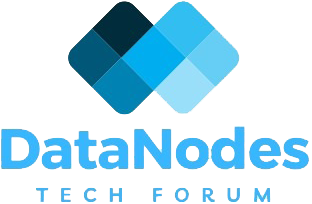
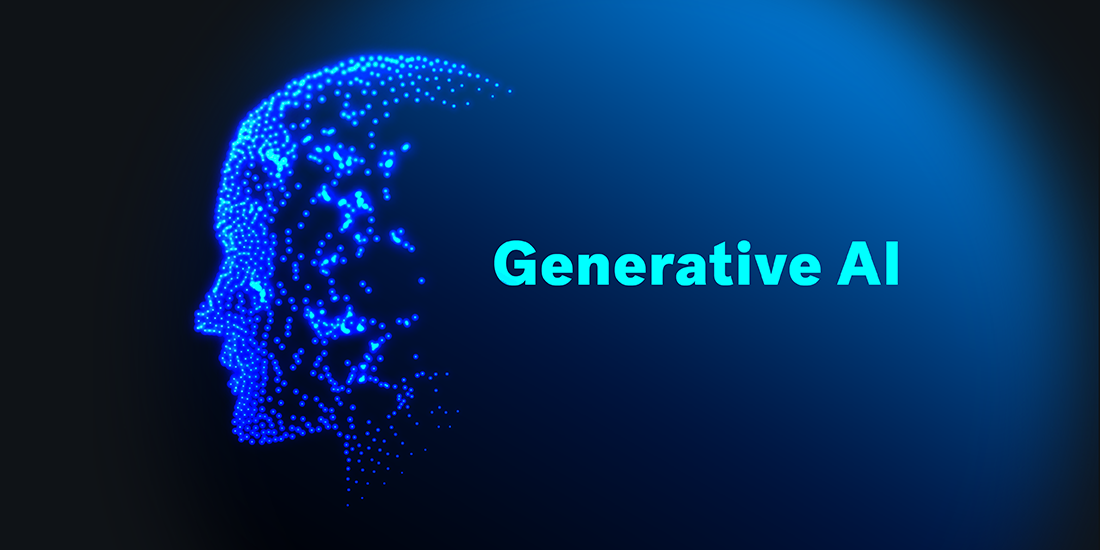


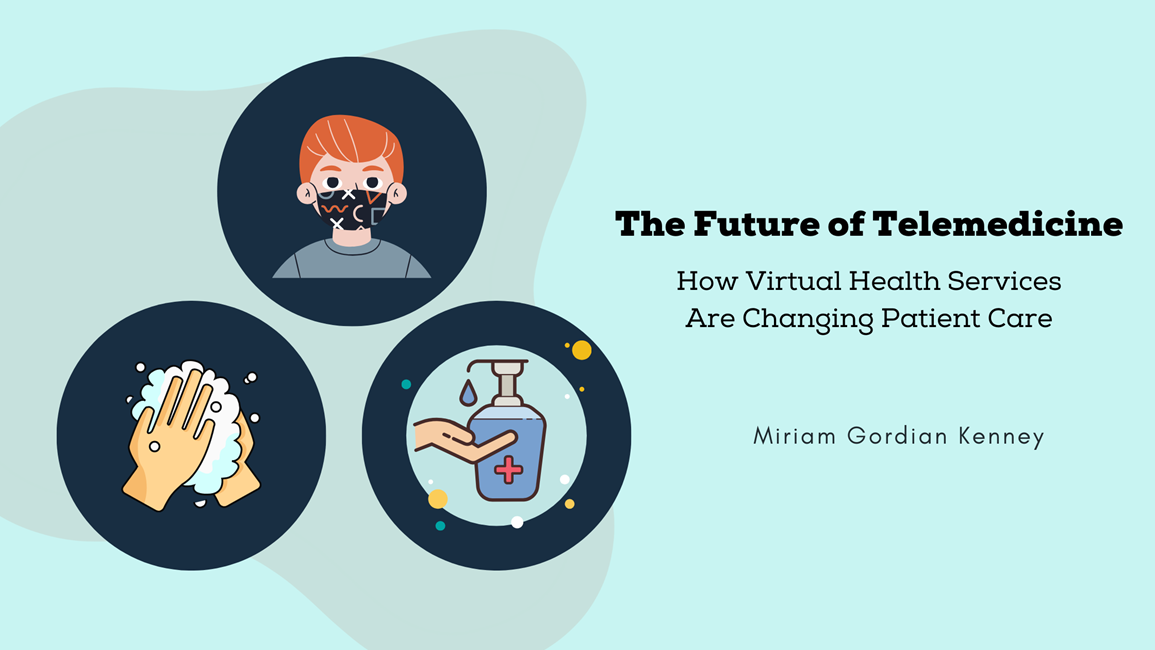
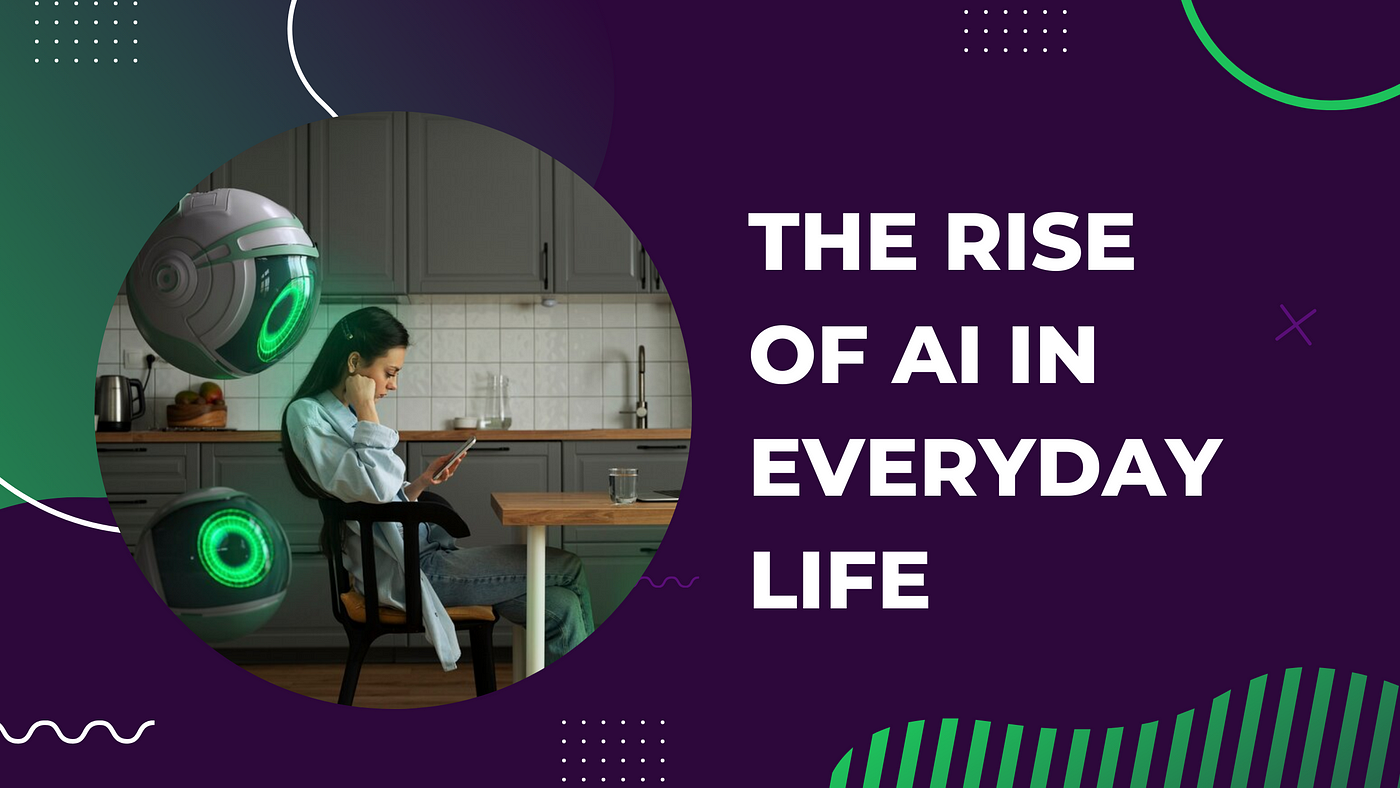


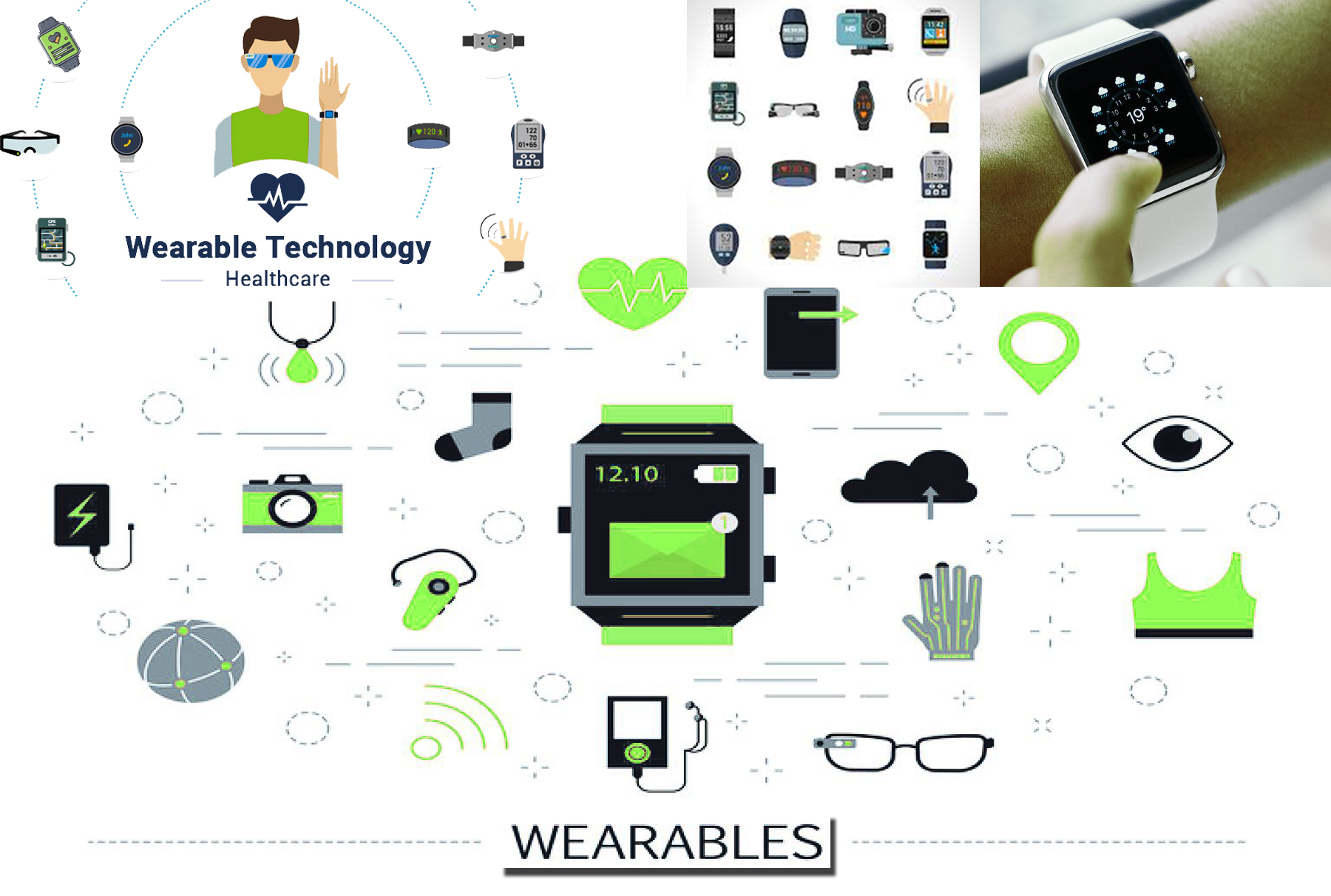
Leave a Reply